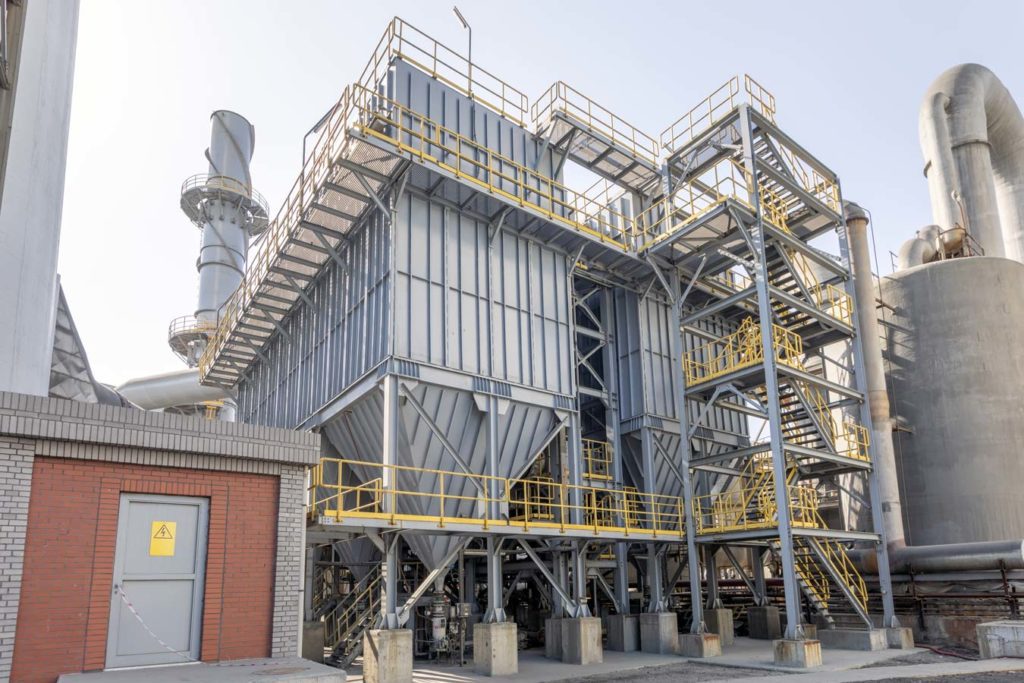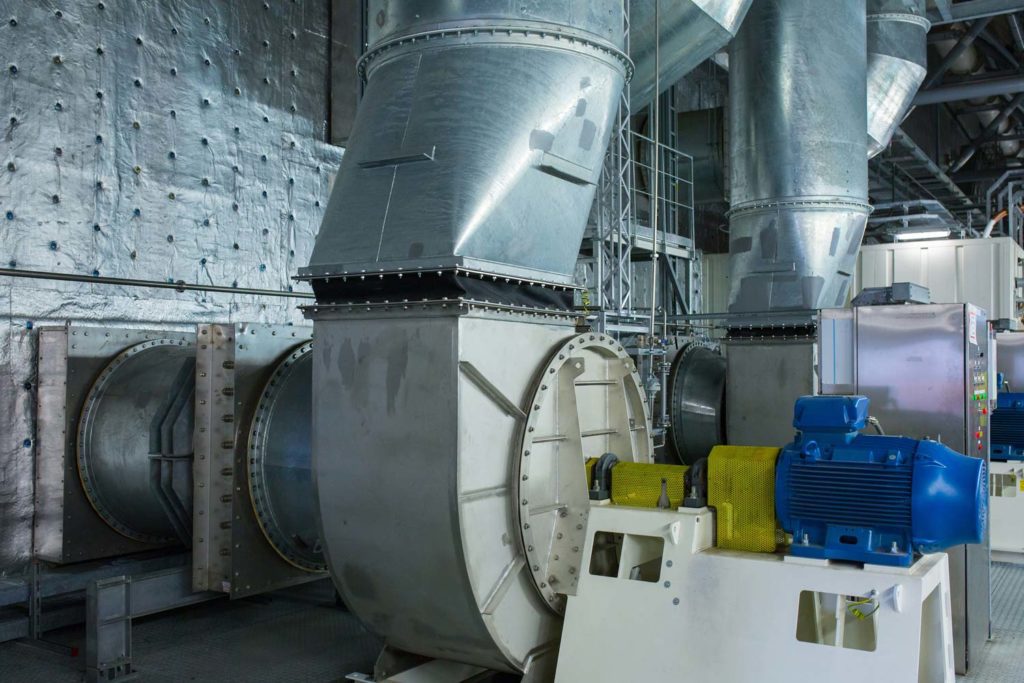An industrial fan and industrial blower have a very similar purpose: to move air for a specific application. So, it’s no wonder that people often think that these terms are interchangeable. While they are very similar, these two categories have their subtle differences.
Benefits of Industrial Blowers and Fans
An industrial fan uses impellers to move the air and create a continuous flow at a relatively low to moderate pressure. Because they produce a constant airflow and do not require as much pressure as blowers, industrial fans are typically more energy-efficient than industrial blowers. As a result, fans are often used for HVAC (heating, ventilation, and cooling) systems and airflow over a large area.
An Industrial blower also uses impellers but produces a more powerful, direct airflow with high pressure. Industrial blowers are designed for specific applications that require a level of performance that a fan cannot typically offer.
Let’s dive into some of the most common types of industrial blowers and see how their differences affect where they are used best.
Common Types of Industrial Blowers
Centrifugal Blowers
Centrifugal blowers use high-speed rotating impellers to push a high volume of gases, making them ideal for ventilation systems and gas transport. They can be found in single-stage and multi-stage units. Single-stage units contain a single impeller, whereas multi-stage blowers utilize multiple impellers, increasing the volume and pressure possible.
Centrifugal blowers are some of the most common types of industrial blowers. One reason is that they are relatively energy-efficient compared to other types of blowers. Also, centrifugal blowers can customize their blade shape, volume, pressure, and materials to fit the application requirements. Because they are among the most compact options for industrial blowers, space is not a concern with centrifugal blowers.
Positive Displacement Blowers
Positive displacement blowers, otherwise known as PD blowers, use two rotors to move air from one location to another. As the rotors revolve, air pulls into the blower’s inlet, then moves around the rotors to the outlet side. Then, the discharge line equalizes the pressure, and the collected air is forced out of the blower.
Two common types of PD blowers are twin lobe blowers, which utilize rotors containing two lobes (each look like a figure 8), and tri-lobe blowers, which use rotors containing three lobes (looks like a boat propeller). A tri-lobe blower often has a quieter operation than a twin lobe blower because its design allows for lower pulsation levels.
Positive displacement blowers work in gas transport and vacuum systems ranging from chemical vacuum processing to cement fluidization.
Helical Screw Blowers
Helical screw blowers are a type of positive displacement blower with some exciting advantages over traditional PD blowers. Instead of two identical rotors, a helical screw blower uses a male rotor and a female rotor that intermesh together and spin simultaneously without hitting each other—this design results in higher pressure and much higher energy efficiency than traditional PD blowers.
Because of their high pressure, helical screw blowers are ideal for wastewater treatment, pneumatic conveying, and food processing.
Regenerative Blowers
A regenerative blower uses an impeller to generate pressure and force air through its outlet. A key difference compared to centrifugal blowers is that while regenerative blowers still allow a high airflow volume, the impeller constantly accelerates the air inside the blower, generating higher pressure.
Regenerative blowers are ideal for vacuum transfer, dust and smoke extraction from the air, soil vapor extraction, and aeration.
High Speed Blowers
High-speed blowers, sometimes called “turbo blowers,” use electrical compression to create some of the highest pressure and volume available for industrial applications. These blowers are an innovative technology suitable for applications such as municipal and industrial wastewater treatment, brewing and distillation, and power generation.
Let’s Chat About Industrial Blowers
At Baghouse America, we offer a variety of industrial blowers and fans that use the highest quality non-proprietary materials for a long-lasting, low-cost solution.
Reach out and request a meeting – our knowledgeable and experienced team is here to help you determine which industrial blower is best for you and your goals.

